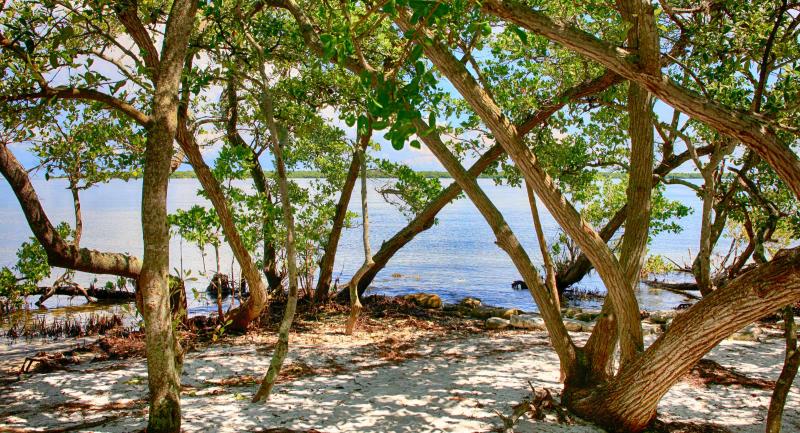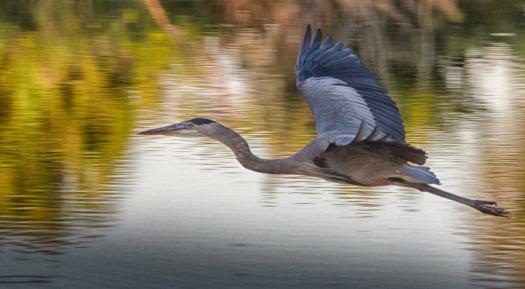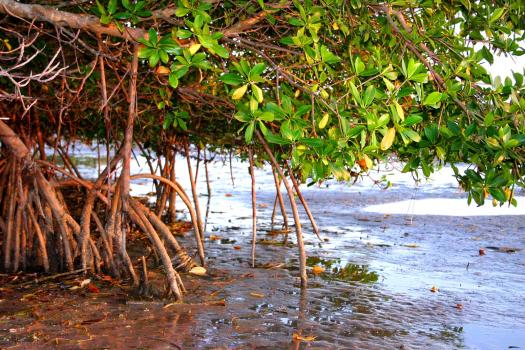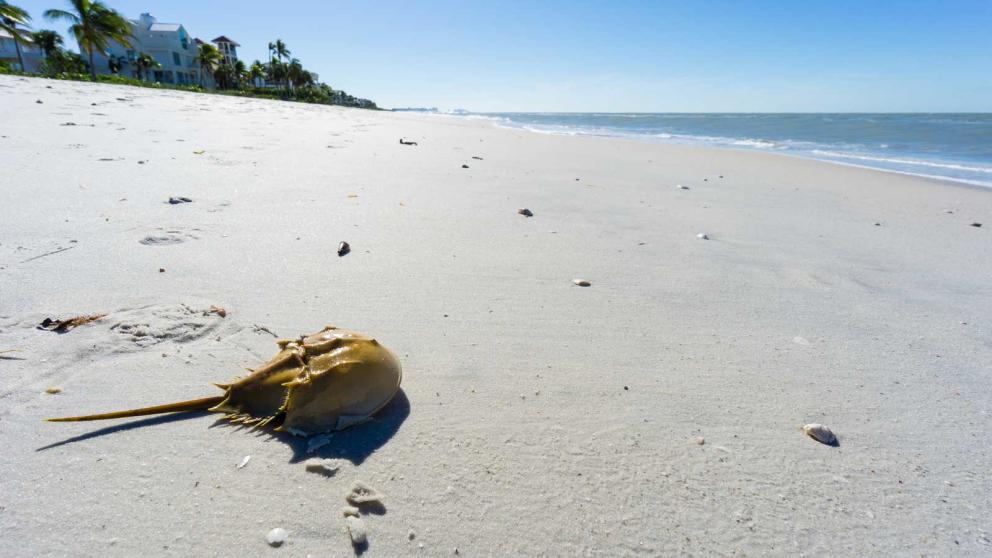In 1539, the Spanish explorer Hernando de Soto made his first New World landfall at the mouth of the Manatee River, where the fresh water of the river flows into the salt waters of Tampa Bay.
Imagine the Spaniard’s amazement when he saw the giant wading birds and tangles of mangroves bordering the Manatee River. Braving the mosquitoes, no-see-’ums and snakes, de Soto and his army set up a campsite near a lush mangrove swamp, which visitors can still see today as they walk along the half-mile nature trail at the De Soto National Memorial managed by the National Park Service.
You will find many plants and animals in the murky waters of the estuary.
Mangrove swamps and other salt-resistant plants create hiding places for nesting birds, hungry fish, curious raccoons and sly snakes. Mangrove trees also have dense root systems that trap organic material, which small creatures feed on. A variety of other salt-tolerant plants, such as sea privet, sea purslane, saw palmetto, cabbage palm, Spanish moss and sea grape are also found here.
American horseshoe crabs can be seen as the tide recedes. They actually aren’t crabs at all but are a relative of spiders! These animals are “living fossils” as they have existed nearly unchanged for hundreds of millions of years.




